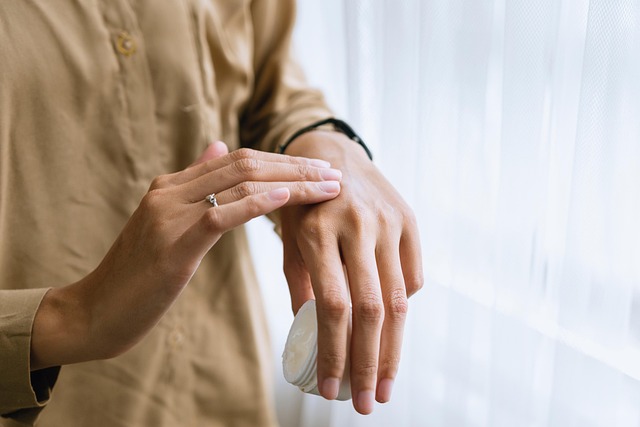Device-Assisted Skin Analysis: What Consumers Should Know
Device-assisted skin analysis tools promise detailed insights into texture, hydration, pigmentation, and more. This short overview explains common capabilities and limitations so consumers can weigh device feedback alongside professional assessment and personal experience.

Device-assisted skin analysis tools are increasingly available to consumers through clinics, retail counters, and handheld devices. These systems typically use imaging, polarized light, UV fluorescence, or sensor data to highlight issues like fine lines, pore size, pigmentation, and hydration. Understanding what these devices measure, their limitations, and how to interpret results can help you make informed choices about skincare routines, cosmetics, and longer-term wellness strategies.
This article is for informational purposes only and should not be considered medical advice. Please consult a qualified healthcare professional for personalized guidance and treatment.
How does device-assisted skincare analysis work?
Many consumer and professional devices capture cross-polarized or multispectral images to reveal surface and subsurface features that are not obvious in regular lighting. Algorithms quantify wrinkle depth, UV-induced pigmentation, sebum levels, and moisture. While these metrics can be useful for tracking changes over time, they depend on consistent imaging conditions and calibrated sensors. Results are best interpreted as one data point among visual inspection, patient history, and clinical assessment rather than a definitive diagnosis.
Can analysis influence cosmetics and makeup choices?
Device reports that identify uneven pigmentation, fine texture, or oiliness can inform cosmetics and makeup selection—for example, products formulated for uneven skintone or oil-control foundations. However, devices do not replace product testing: individual reactions to formulas, shades, and finishes vary. Use device insights to narrow options, then sample cosmetics on the skin to check shade match, coverage, and wear under real-life conditions.
Should haircare and wellness be included in assessments?
Some systems include scalp imaging or questionnaires linking skin health to broader wellness factors such as sleep, stress, diet, and hydration. While skin and hair are influenced by lifestyle, device outputs focused on facial skin don’t capture systemic causes. If haircare or underlying wellness concerns emerge from an analysis, consider following up with a dermatologist, trichologist, or primary care provider for targeted evaluation rather than relying solely on device feedback.
How do retinol and niacinamide fit into device advice?
Devices can track visual improvements associated with active ingredients like retinol and niacinamide—such as reduced fine lines, improved texture, and more even tone—when used consistently. Retinol typically affects cell turnover and collagen over weeks to months, while niacinamide can reduce redness and improve barrier function. Device timelines should be interpreted with the known pharmacology of ingredients: short-term fluctuations don’t necessarily reflect long-term efficacy or suitability for sensitive skin.
What about microbiome, sustainability, and fragrancefree concerns?
Device imaging does not measure the skin microbiome directly. For microbiome-friendly choices, look for evidence-backed product formulations and avoid unnecessary antimicrobial ingredients. Sustainability and fragrancefree preferences are consumer-driven considerations that devices cannot evaluate; they are attributes of product formulation, packaging, and supply chains. When selecting products suggested by analysis, check labels for fragrancefree claims, recyclable packaging, and ingredient sourcing that align with your values.
How do antioxidants and skintone data affect results?
Antioxidant-rich products can support visible skin defenses against oxidative stress and may contribute to improvements in brightness and texture over time. Devices reporting on skintone heterogeneity or sun damage can guide targeted use of antioxidants alongside sun protection. Keep in mind device lighting and calibration affect apparent skintone metrics; consistent imaging conditions are essential for reliable before-and-after comparisons, and shade recommendations should always be validated in person.
Conclusion
Device-assisted skin analysis can offer useful, objective-seeming metrics that help track progress and refine routines involving skincare, cosmetics, and targeted actives. Limitations include variability in imaging conditions, algorithmic interpretation, and the inability to assess systemic or microbiome factors directly. Treat device outputs as complementary information—combine them with product patch testing, professional consultation, and attention to sustainability and fragrancefree preferences to build a balanced approach to skin and wellness.





